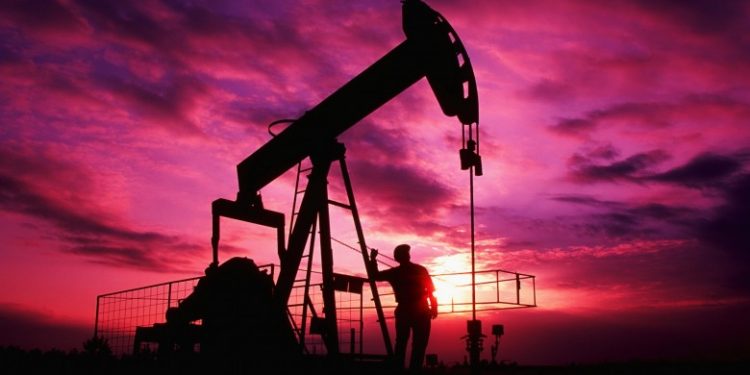Joe Biden imposed restrictions on the development of oil and gas fields near the Chaco Canyon
On June 2, 2023, the Biden Administration decided to stop issuing new oil and gas leases within 10 miles (16 km) of the Chaco Culture National Historical Park.
Natives, environmentalists and state officials have long called on the federal government to ban well drilling in the area. The park is included in the UNESCO World Heritage List, and stone structures on its territory were laid in 850 AD. In the past, this place in northwestern New Mexico was the ceremonial and economic center for the Pueblo people.
Biden first proposed protecting the area in November 2021, in line with his goal of keeping at least 30% of federal land and waters by 2030. But the Department of the Interior ban on new federal land leases around the Chaco will only last 20 years and does not apply to private, public or tribal lands.
Secretary of the Interior D. Haland said today marks an important step in the fulfillment of J. Biden’s commitment to the country of the Indians to protect the Chaco Canyon, a sacred site that has a deep meaning for the indigenous peoples, whose ancestors have called this place home since time immemorial. D. Haaland, a native of New Mexico, belongs to the Laguna Pueblo tribe and is the 1st First Native American Cabinet Minister.
This decision was opposed by representatives of the oil and gas industry and the Navajo tribe, because. this will result in a loss of potential income. New Mexico is an oil and natural gas rich state, and its budget relies heavily on investments from oil and gas companies Chevron Corp, ConocoPhillips, Devon Energy Corp and Occidental Petroleum Corp. In the southeast of the state of New Mexico and the west of neighboring Texas, there is active production of shale oil (oil from low-permeability reservoirs) in the Permian sedimentary basin, where the Middle Continental oil and gas province is located. In 2022, the state’s production rose by a record 300,000 bbl/d to 1.6 million bbl/d. The number of drilling rigs increased by 5 in 2022. The US Bureau of Land Management estimated in 2022 that such land protection would result in a long-term loss to the federal government of $4.8 million/year in royalties.
Recall that on March 16, 2023, D. Biden also decided to block future agreements on the lease of territories for oil and gas production in the federal waters of the Arctic Ocean, which is part of a large-scale plan to protect 16 million acres of land and water in Alaska. Analysts at research firm ClearView Energy Partners LLC said at the time that new restrictions on drilling in the Alaska National Oil Reserve could potentially undermine incentives for further oil and gas development if they go far enough.











